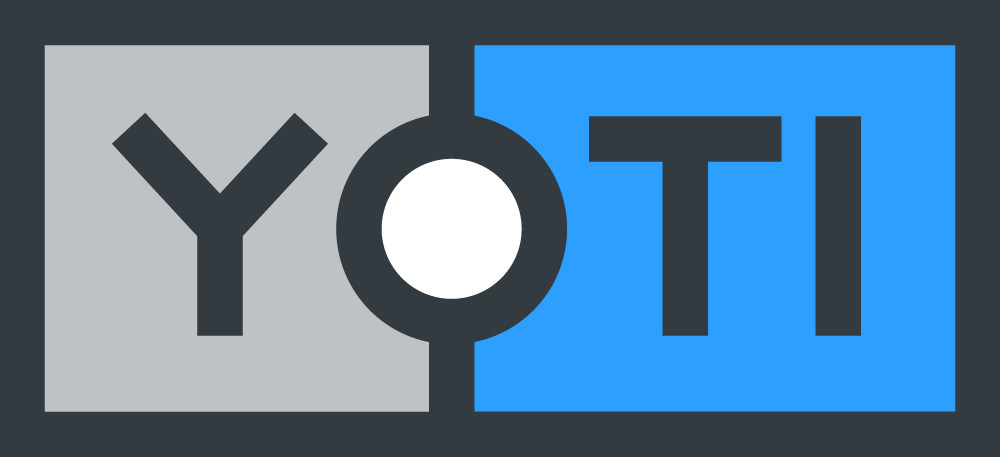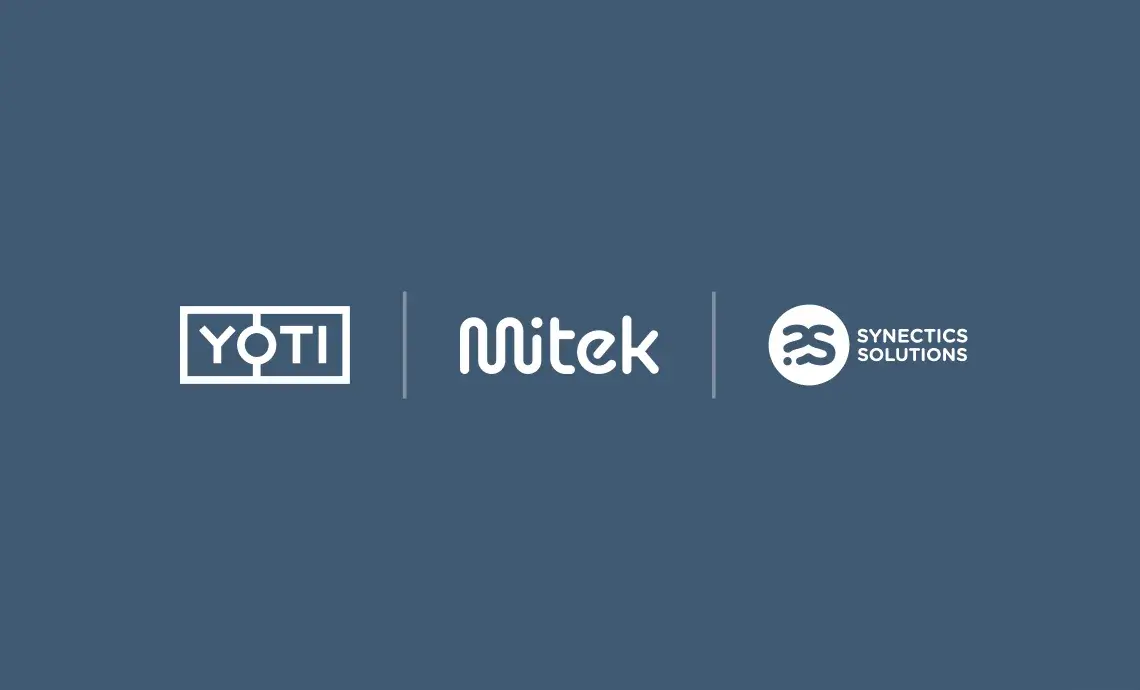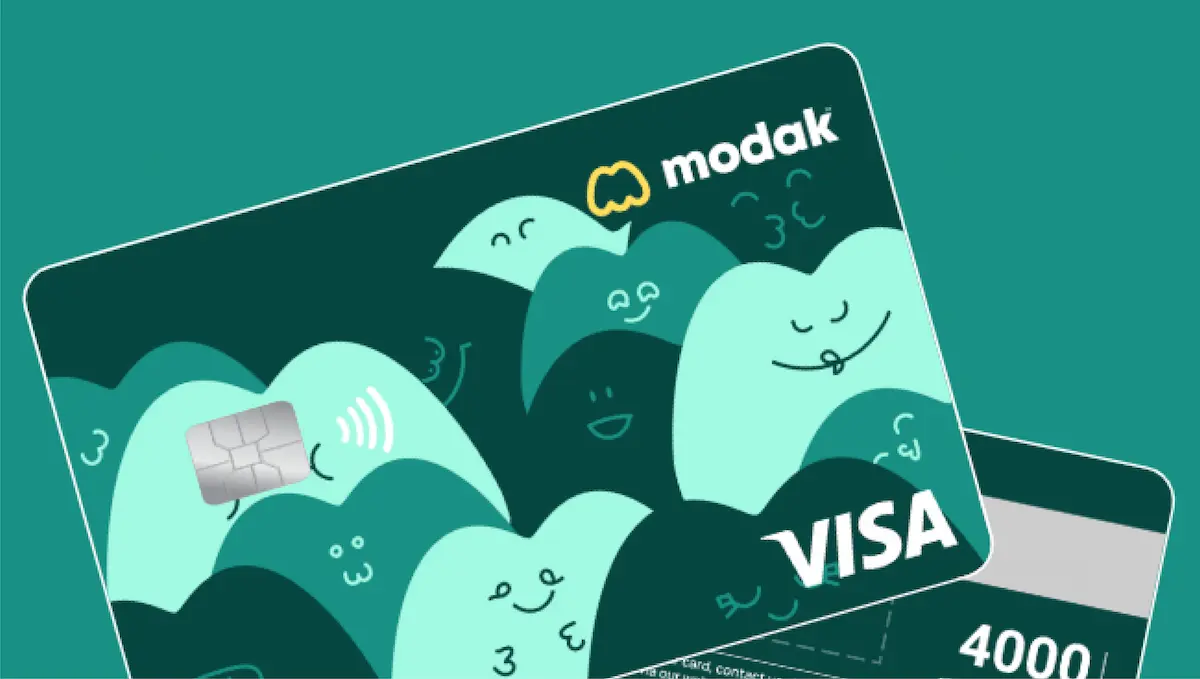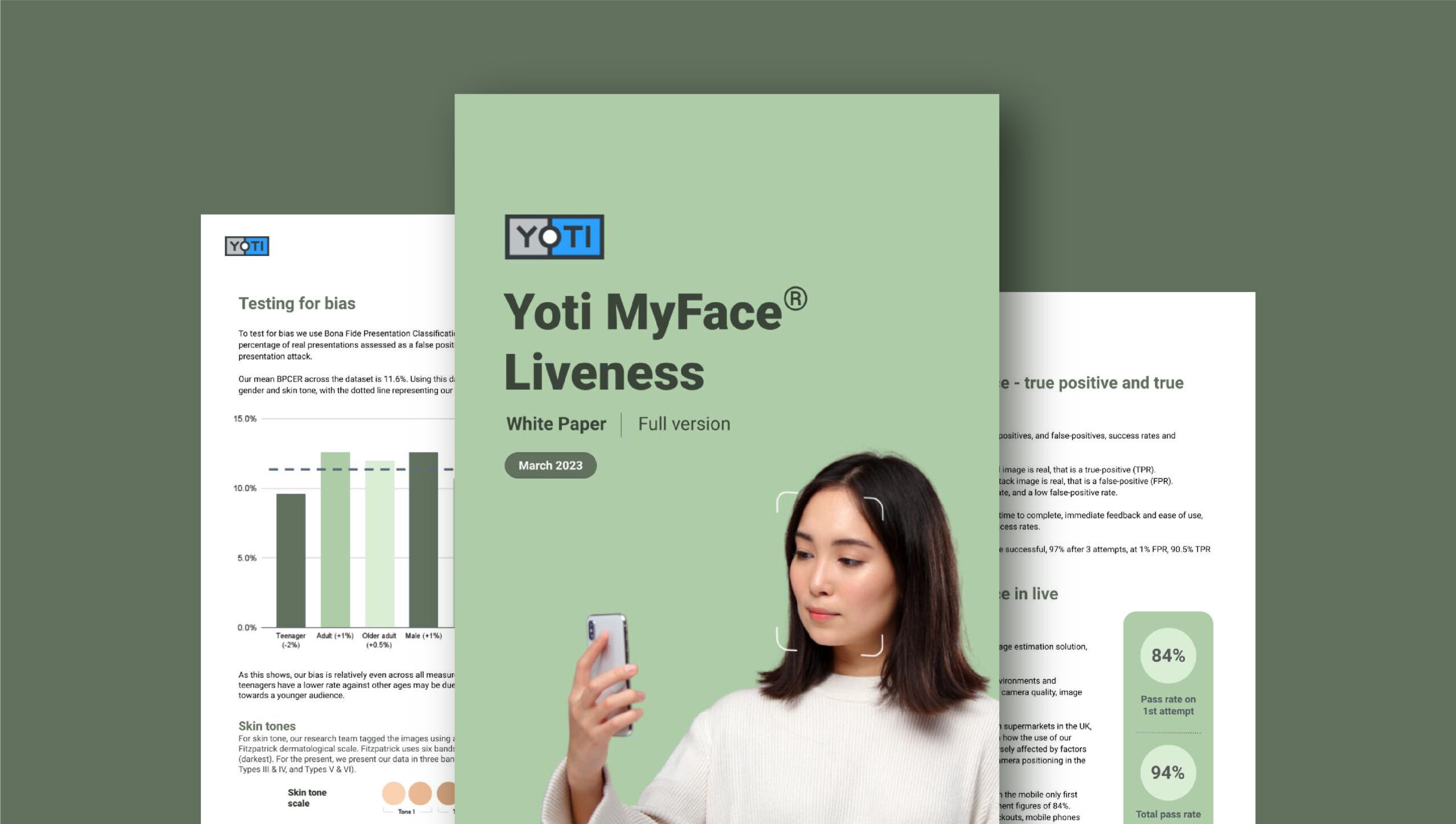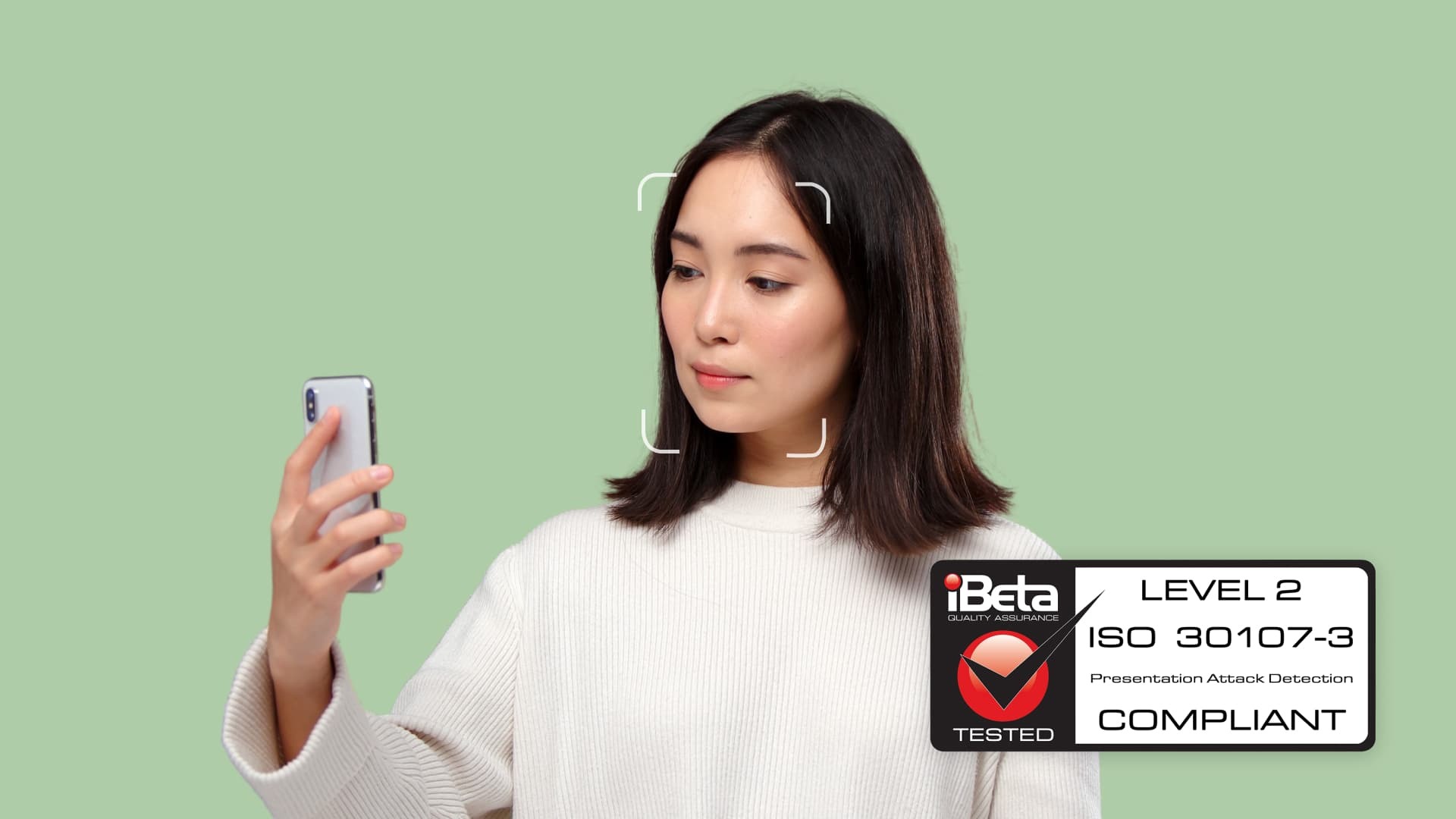Business
Digital ID 'Shared Signals Pilot' launched to tackle evolving fraud risks
The first of-its-kind pilot is set to prove the feasibility of real-time fraud intelligence sharing between Identity Service Providers (IDSPs), the outcome of which could have major implications for fraud prevention, and help boost mainstream Digital Identity adoption. Stoke-on-Trent, 05 June, 2023 — Data insight specialist, Synectics Solutions, has announced that it has joined forces with leading IDSPs Mitek and Yoti on ‘Project Shield’. This ground-breaking proof of concept (POC) initiative aims to show how IDSPs can efficiently and securely share data connected to compromised credentials, accounts, and identities, via a shared signals co-ordination platform. In so doing,
How Modak are creating one of the safest spots in town for teens
“I am pleased to say that implementing age verification software through Yoti has been a great enabler for our growth. It has enhanced our customer experience by streamlining the process of verifying age, reducing manual errors, and minimising the risk of fraudulent activity. Our customers appreciate the added layer of security and convenience, and it has resulted in increased customer trust and loyalty.” Madhu Yalamarthi Modak CEO Modak is a US startup based in California that’s empowering teens by offering them a Visa-secured credit card and a checking account. We helped them: Ensure their own customers were being honest
Yoti MyFace liveness white paper
Learn how Yoti’s liveness solution can help you defeat spoof attacks Liveness detection is an essential part of any verification or authentication process. It gives you reassurance that you are dealing with a real human. Read our latest white paper on liveness to learn how Yoti’s MyFace liveness solution can help defeat presentation attacks including: Paper image Mask Screen image Video imagery Deep fake video Injection attacks Bot attacks Key takeaways from the report Yoti’s MyFace solution is NIST Level 2 approved with 100% attack detection. Why liveness is important for verification and authentication. The difference between
Yoti achieves iBeta NIST Level 2 for proprietary passive liveness technology, MyFace
MyFace has been awarded iBeta NIST Level 2 with 100% attack detection rate Yoti’s passive liveness technology can be used to strengthen age checks, prevent account takeover and protect against identity fraud MyFace white paper outlines performance and bias 2nd March 2023, London, UK – Digital identity company Yoti has announced its proprietary passive liveness technology, MyFace, is now compliant with iBeta ISO PAD Level 2. The technology achieved a 100% attack detection rate. MyFace verifies that a user is a real person, and not a presentation attack such as a printed or digital photo, video or mask
How Yoti can help the financial services industry
In today’s world, the financial services industry needs to be protected now more than ever. It’s critical to the growth of the UK economy but is constantly under attack from online actors on the hunt for money. With cyber security risks increasing, we’ve been working hard to build solutions that offer as much security as possible to such an important industry, and protection from these growing threats. The need for financial institutions to have customised systems is greater than ever due to the sophisticated nature of frequent cyberattacks. As these bad actors become more sophisticated with their approaches, we’ve
How Yoti can help combat digital injection attacks
As use of online verification grows, there inevitably follows increasing temptation for bad actors to develop ways to exploit the process. As a provider of verification services we must show businesses, regulators and governments that we have robust anti-spoofing technology, checks and processes. An emerging but rapidly growing threat for verification services are digital injection attacks. What are injection attacks? Injection attacks are a form of attack on remote verification services. Direct attacks are the most common attempt to spoof systems. Examples of direct attacks are: Paper image 2D and 3D masks Screen image Video imagery Direct attacks
